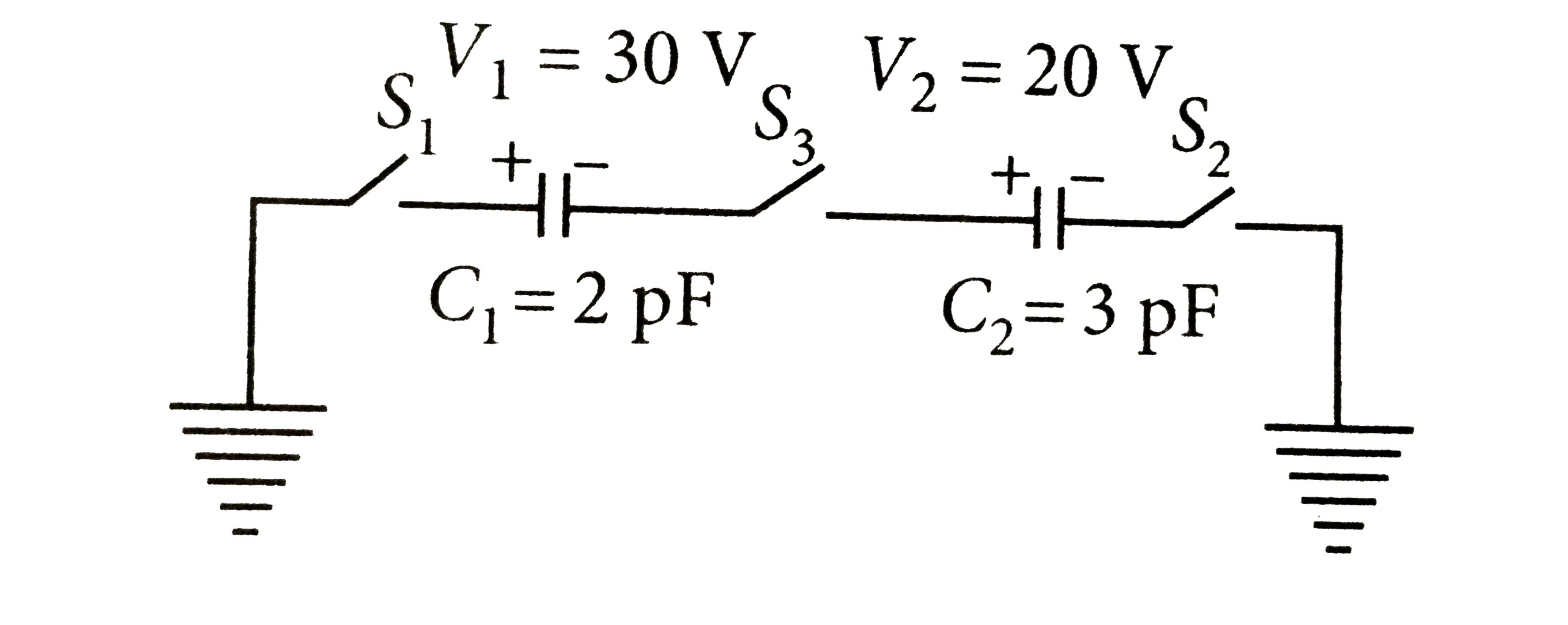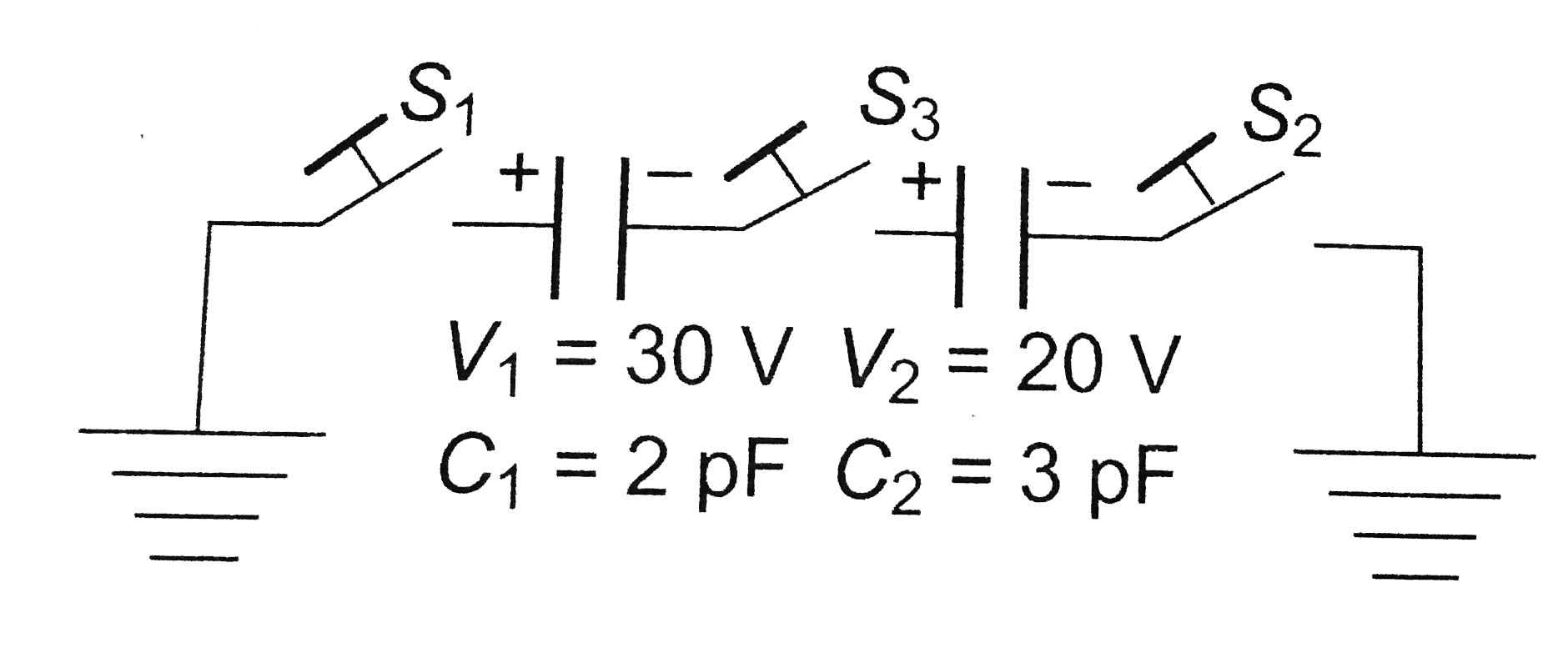In a electric circuit ammeter and volotmeter are used to verify ohm's law hwich of the following is true.
Ammeter connected in series and voltmeter connected in parellel
Voltmerter connected in series and ammeter connected in parallel
Both can be connected in parellel
Both can be connected in series
The correct Answer is:A
To verify Ohm's law using an ammeter and a voltmeter in an electric circuit, we need to understand how to properly connect these instruments. Here’s a step-by-step solution to the question:
1. Understanding Ohm's Law:
Ohm's law states that the voltage (V) across a resistor is directly proportional to the current (I) flowing through it, given by the equation V=I×R, where R is the resistance.
2. Identifying the Instruments:
- Ammeter: Measures the current (I) flowing through the circuit.
- Voltmeter: Measures the voltage (V) across the resistor.
3. Connection of the Ammeter:
- The ammeter must be connected in series with the resistor to measure the current flowing through it. If the ammeter is connected in parallel, it will not measure the current through the resistor correctly, as it would divert the current away from the resistor.
4. Connection of the Voltmeter:
- The voltmeter must be connected in parallel with the resistor to measure the voltage across it. If the voltmeter is connected in series, it will not measure the voltage across the resistor accurately.
5. Evaluating the Options:
- Option 1: Ammeter connected in series and voltmeter in parallel. (This is correct)
- Option 2: Voltmeter connected in series and ammeter connected in parallel. (This is incorrect)
- Option 3: Both connected in parallel. (This is incorrect)
- Option 4: Both connected in series. (This is incorrect)
6. Conclusion:
The correct configuration to verify Ohm's law is to connect the ammeter in series with the resistor and the voltmeter in parallel with the resistor. Therefore, the correct answer is Option 1.
Ohm's law states that the voltage (V) across a resistor is directly proportional to the current (I) flowing through it, given by the equation V=I×R, where R is the resistance.
- Ammeter: Measures the current (I) flowing through the circuit.
- Voltmeter: Measures the voltage (V) across the resistor.
- The ammeter must be connected in series with the resistor to measure the current flowing through it. If the ammeter is connected in parallel, it will not measure the current through the resistor correctly, as it would divert the current away from the resistor.
- The voltmeter must be connected in parallel with the resistor to measure the voltage across it. If the voltmeter is connected in series, it will not measure the voltage across the resistor accurately.
- Option 1: Ammeter connected in series and voltmeter in parallel. (This is correct)
- Option 2: Voltmeter connected in series and ammeter connected in parallel. (This is incorrect)
- Option 3: Both connected in parallel. (This is incorrect)
- Option 4: Both connected in series. (This is incorrect)
The correct configuration to verify Ohm's law is to connect the ammeter in series with the resistor and the voltmeter in parallel with the resistor. Therefore, the correct answer is Option 1.
Topper's Solved these Questions
Similar Questions
Knowledge Check
In an electrical circuits, the voltage, E, in volts, the current, I, in amps, and the opposition to the flow of current, called impedance, Z, in ohms, are related by the equation, E=IZ. What is the impedance, in ohms, of an electrical circuit that has a current of (3+i) amps and a voltage of (−7+i) volts?
A−2+iB1−2iC−1125−15iD−1625i
An ammeter has a resistance of 50Ω and a full scale deflection current 50μA. It can be used as a voltmeter or as a higher range ammeter provided that a resistance is added to it. Which of the following is/are true?
View SolutionFor the circuit shown in figure, which of the following statements is ture ?

View SolutionFor the circuit shown in figure, which of the following statements is true ?

View SolutionExpress which of the following set ups can be used to verify
ohm's law?
View SolutionAn infinite line charge of uniform electric charge density λ lies along the axis of an electrically conducting infinite cylindrical shell of radius R. At time t=0, the space inside the cylinder is filled with a material of permittivity ε and electrical conductivity σ. The electrical conduction in the material follows Ohm's law. Which one of the following graphs best describes the subsequent variation of the magnitude of current density j(t) at any point in the material ?
View SolutionWhich of the following is/are true for Boyle's law?
View SolutionAbout an electric field which of the following statements are not true ?
View Solution


